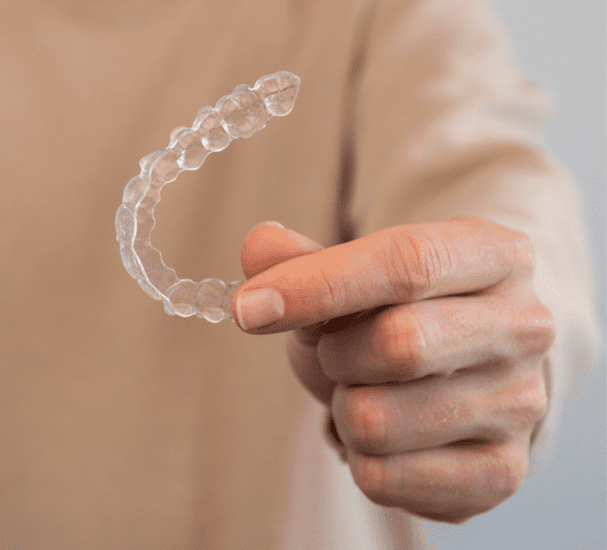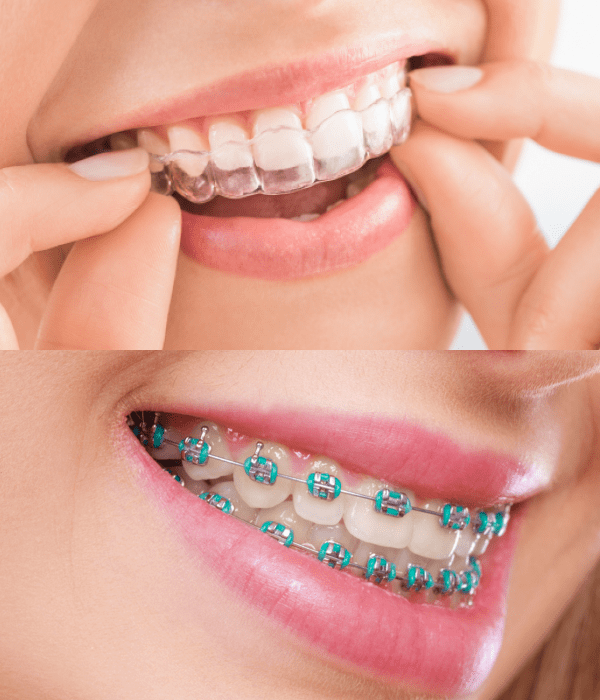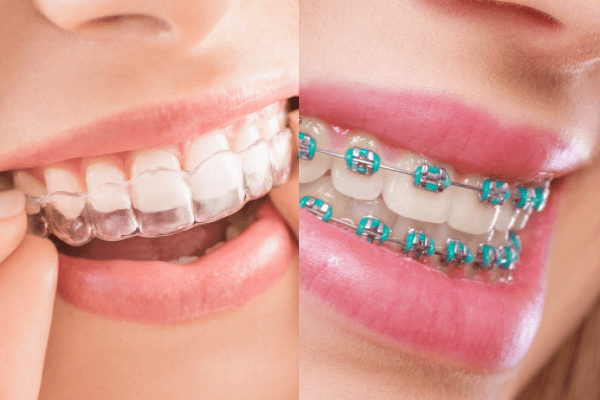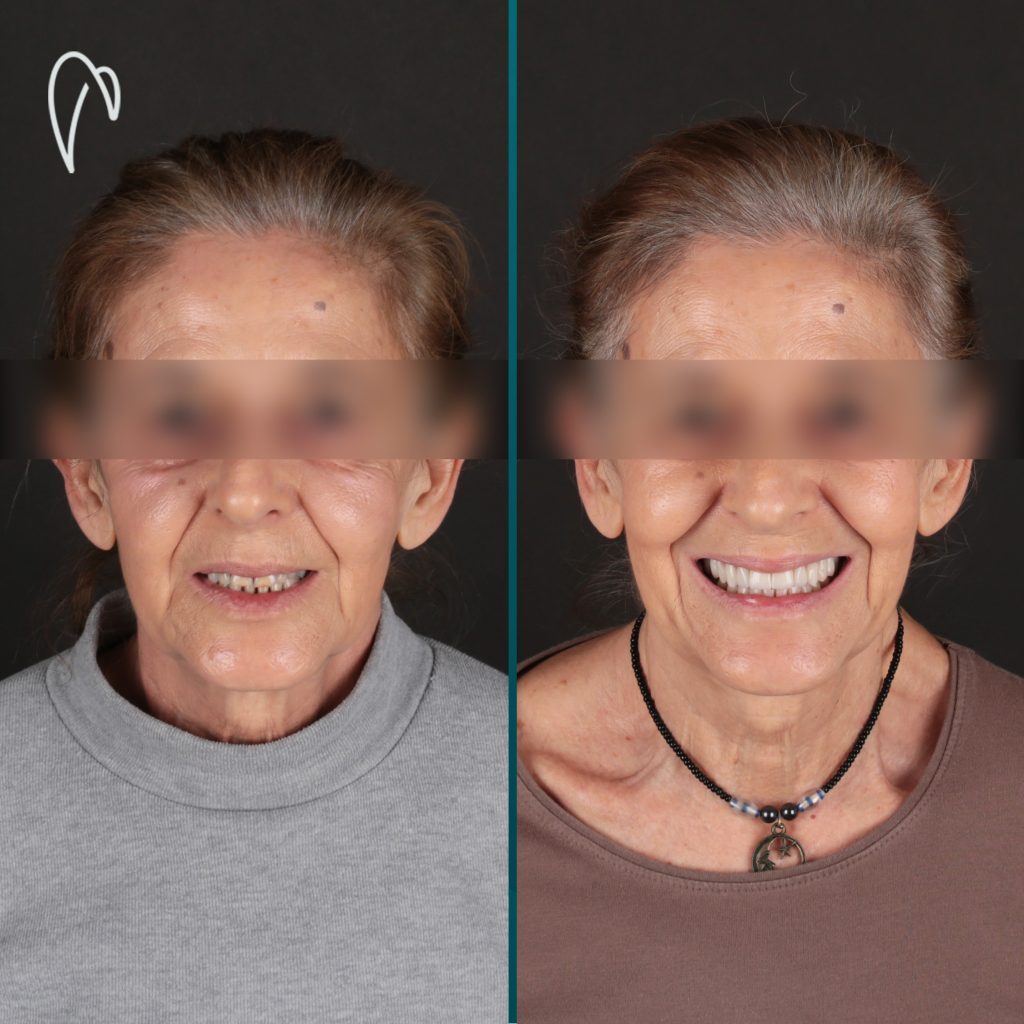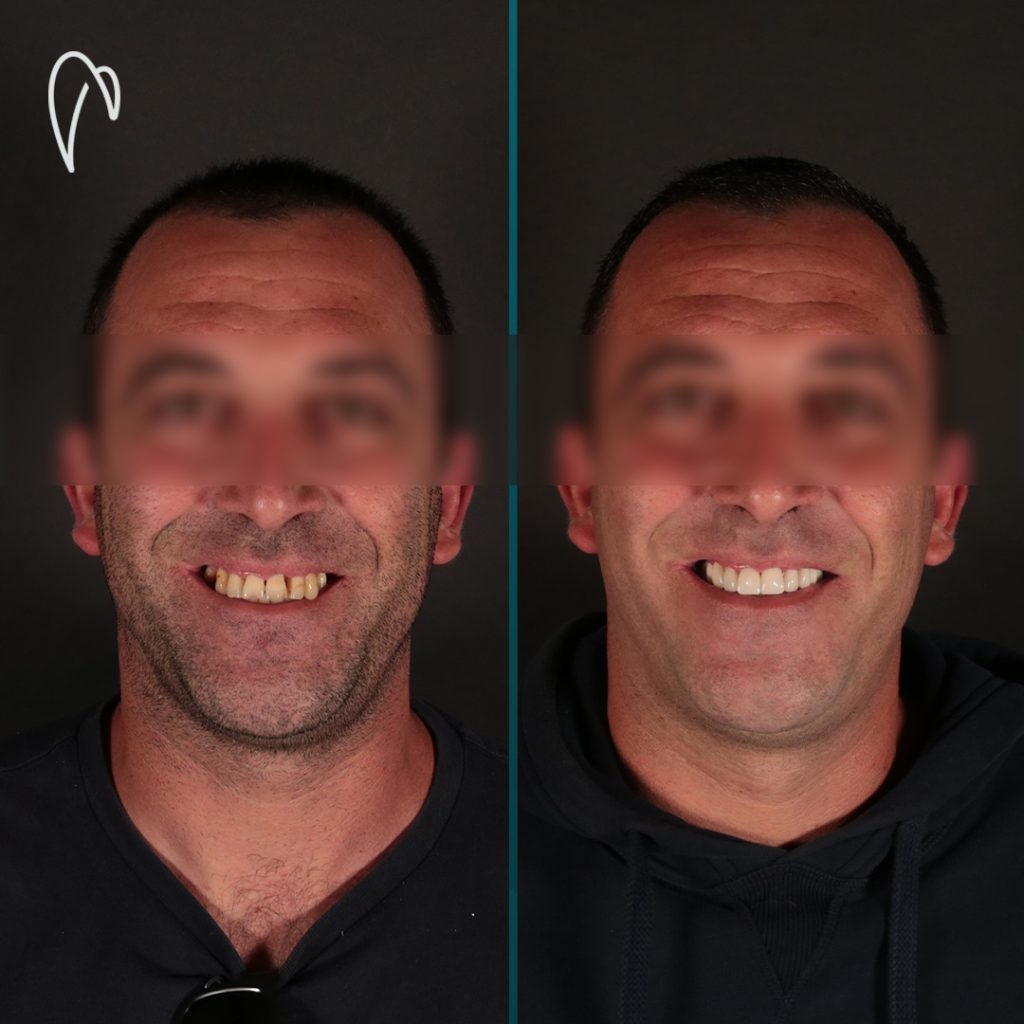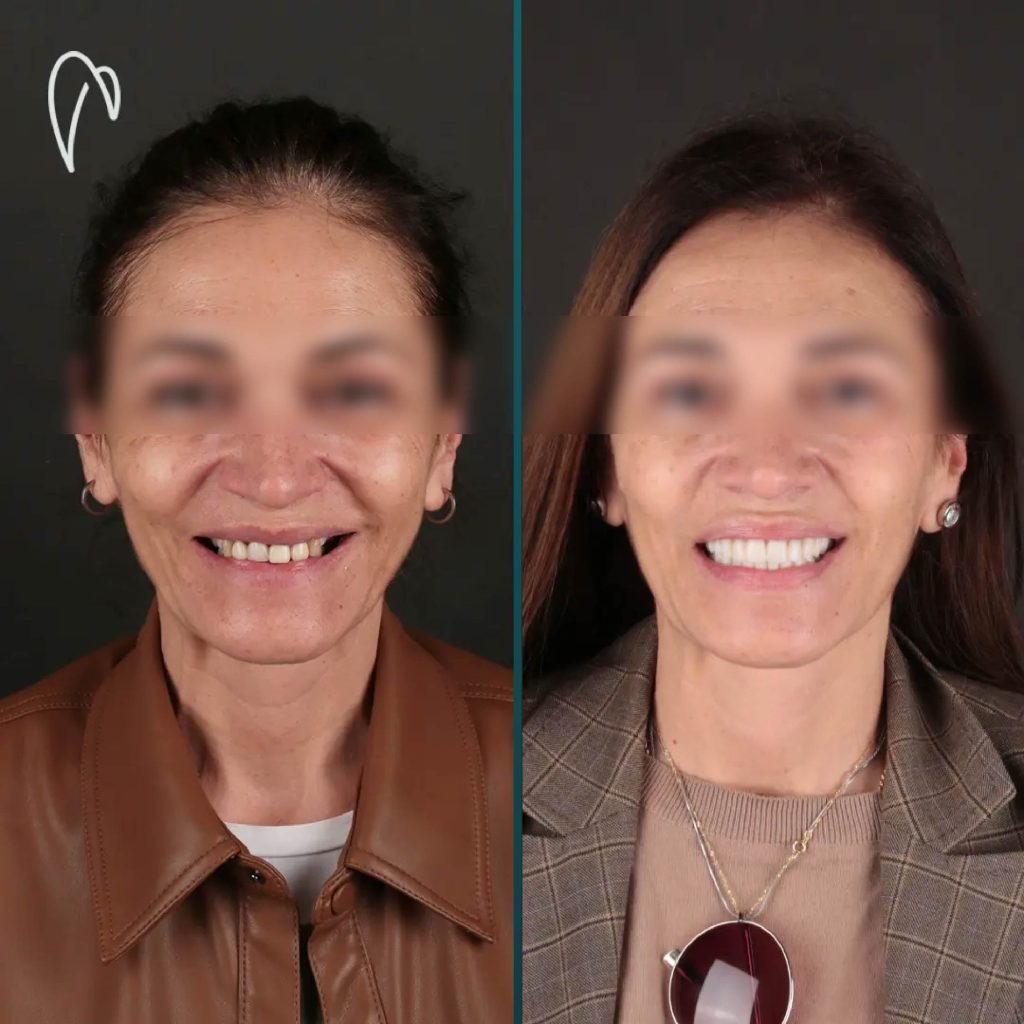Dentistry
Orthodontics
When we want to straighten teeth, we can choose between two orthodontic treatment options: Invisible braces (Esthetic Aligner) or conventional orthodontic braces
Although both are designed to provide a straight smile, the way they work is very different. The decision between Invisible Braces (Esthetic Aligner) and conventional braces will require a visit to the orthodontist and may depend on factors such as age and the level of correction needed.
There are several pros and cons to both invisible and conventional braces, and choosing one over the other may come down to what each individual feels most comfortable with.
What you need to know
Traditional braces feature brackets that are fixed to the teeth and connected by special wires.
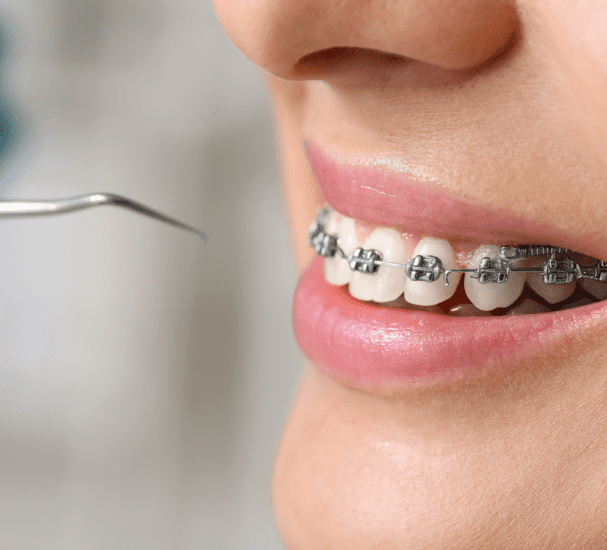
The brackets and wires move slowly and straighten the teeth, applying pressure on the teeth over a period of time after the activation appointment.
The wire and brackets exert force on the tooth ligaments, causing the ligament to stretch in order to change the tooth’s position.
The appliances are periodically adjusted in the office to allow the movement to take place.
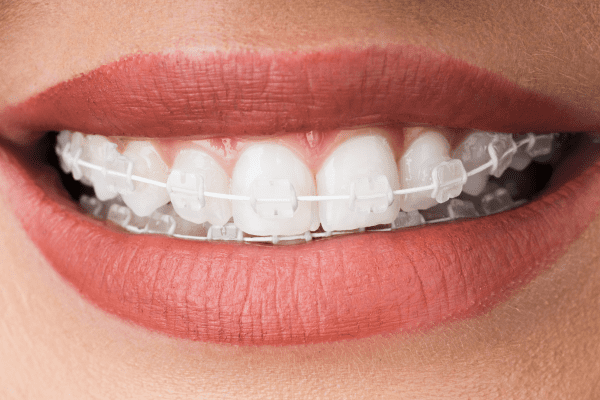
The two most common types of orthodontic braces are metal and ceramic.
Metal braces are typically made of stainless steel, while ceramic braces are designed to match the natural white color of the teeth.
Braces can cost between €1,500 and €4,500, with the price varying depending on the severity of the condition and the amount of treatment required.
Pros & Cons
It requires little collaboration from the patient – once the braces are placed on the teeth, there’s not much to do with them.
There is no risk of losing the appliance.
There is the possibility of choosing the color of the elastics and making the appliance fun.
They can be more effective and suitable for more complex dental problems.
The aesthetics of the braces can be a disadvantage.
The braces, when bonded, cause patients to feel temporary initial discomfort.
Plaque and bacteria can accumulate on the teeth, causing marks on the teeth when the braces are removed.
Esthetic Aligner vs. Braces: Which is better?
Trying to decide between Esthetic Aligner and traditional braces can be a difficult and often personal decision. In my opinion, the device that allows patients to enjoy the treatment experience and that motivates the patient the most is the best choice.
There is no treatment option that is inherently “better” for all patients.
The Esthetic Aligner has evolved as a treatment option that can address the majority of smile and bite issues and continues to be an excellent solution for patients who desire aesthetics, comfort, and can manage the responsibility.
Traditional braces have been used for over 100 years and are certainly a proven solution even for the most complicated malocclusions.


